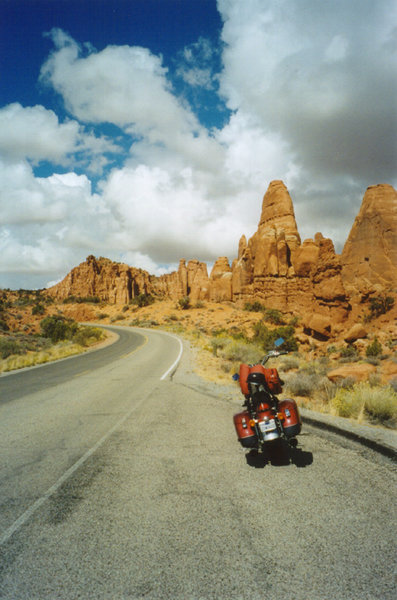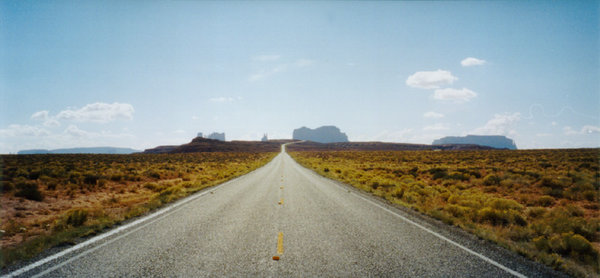Ditto - these shows got me really excited about visual effects and SGI hardware back in the 90's. Too bad they haven't been re-released on DVD, because they're hard to find otherwise. Even finding information about these shows is difficult - IMDB seems to have an episode list, but doesn't go into much detail.
Here's one more episode with a good amount of Silicon Graphics exposure - this one focuses on 2D digital enhancement: wire removal, compositing, digital crowds, etc.
Here's one more episode with a good amount of Silicon Graphics exposure - this one focuses on 2D digital enhancement: wire removal, compositing, digital crowds, etc.









